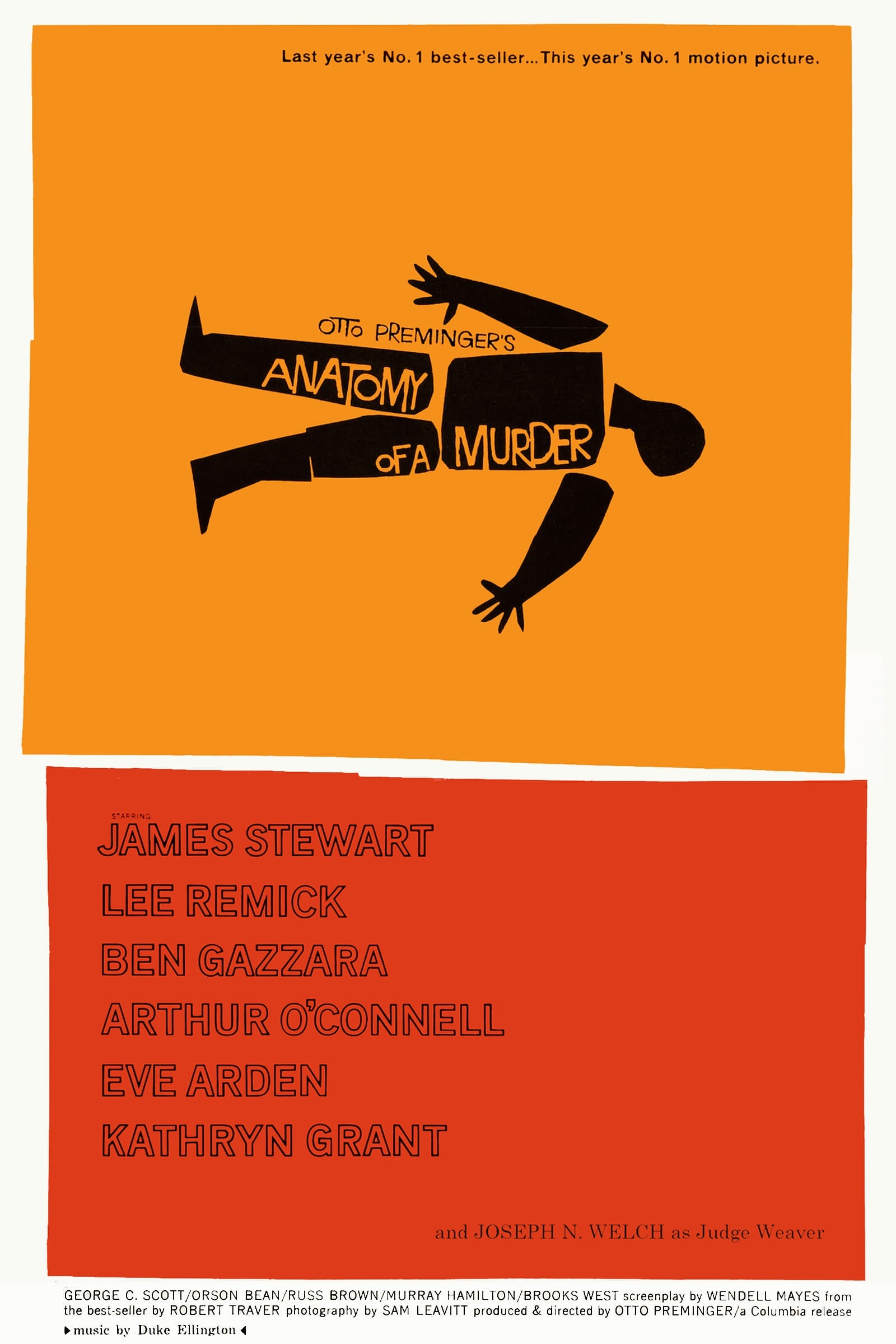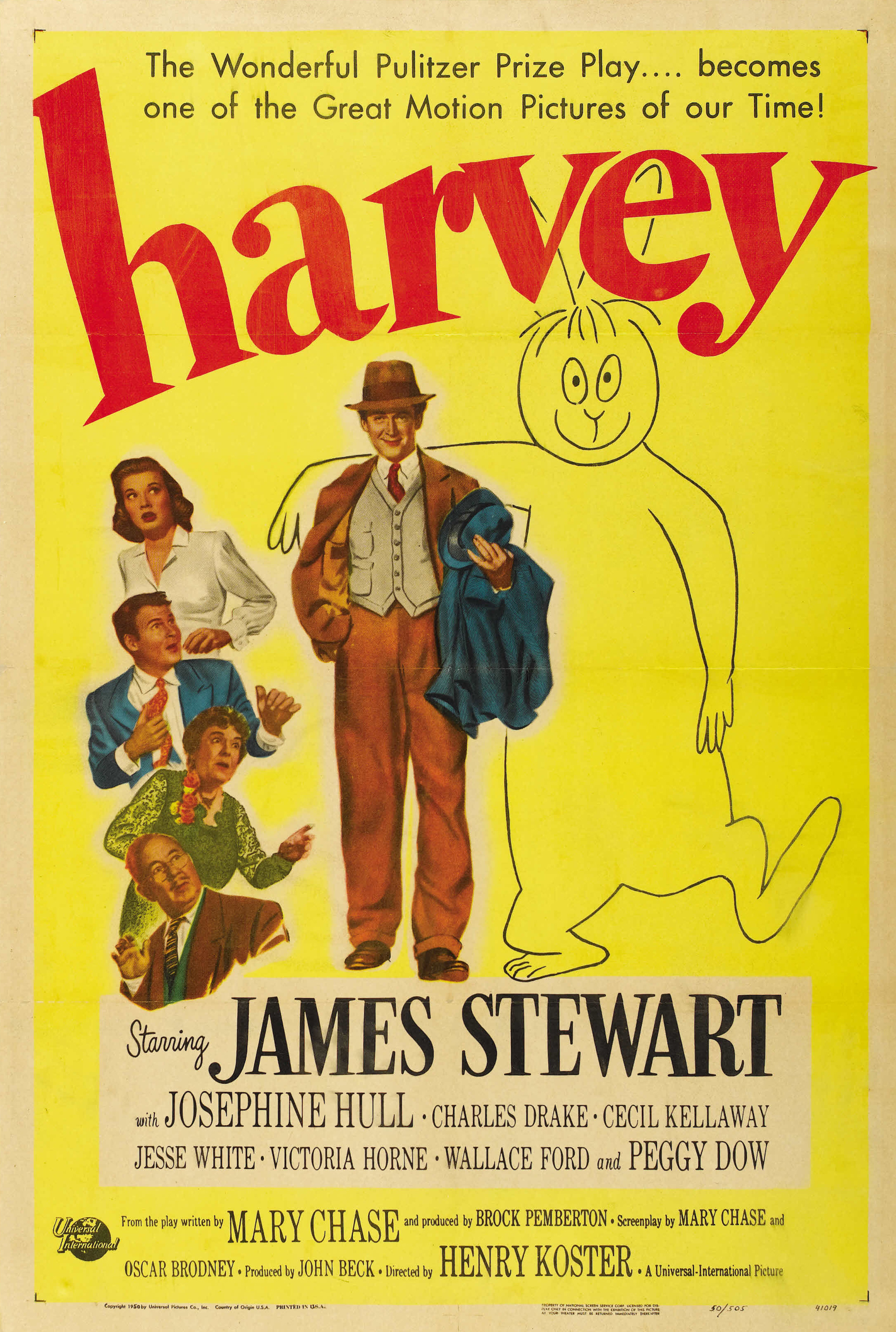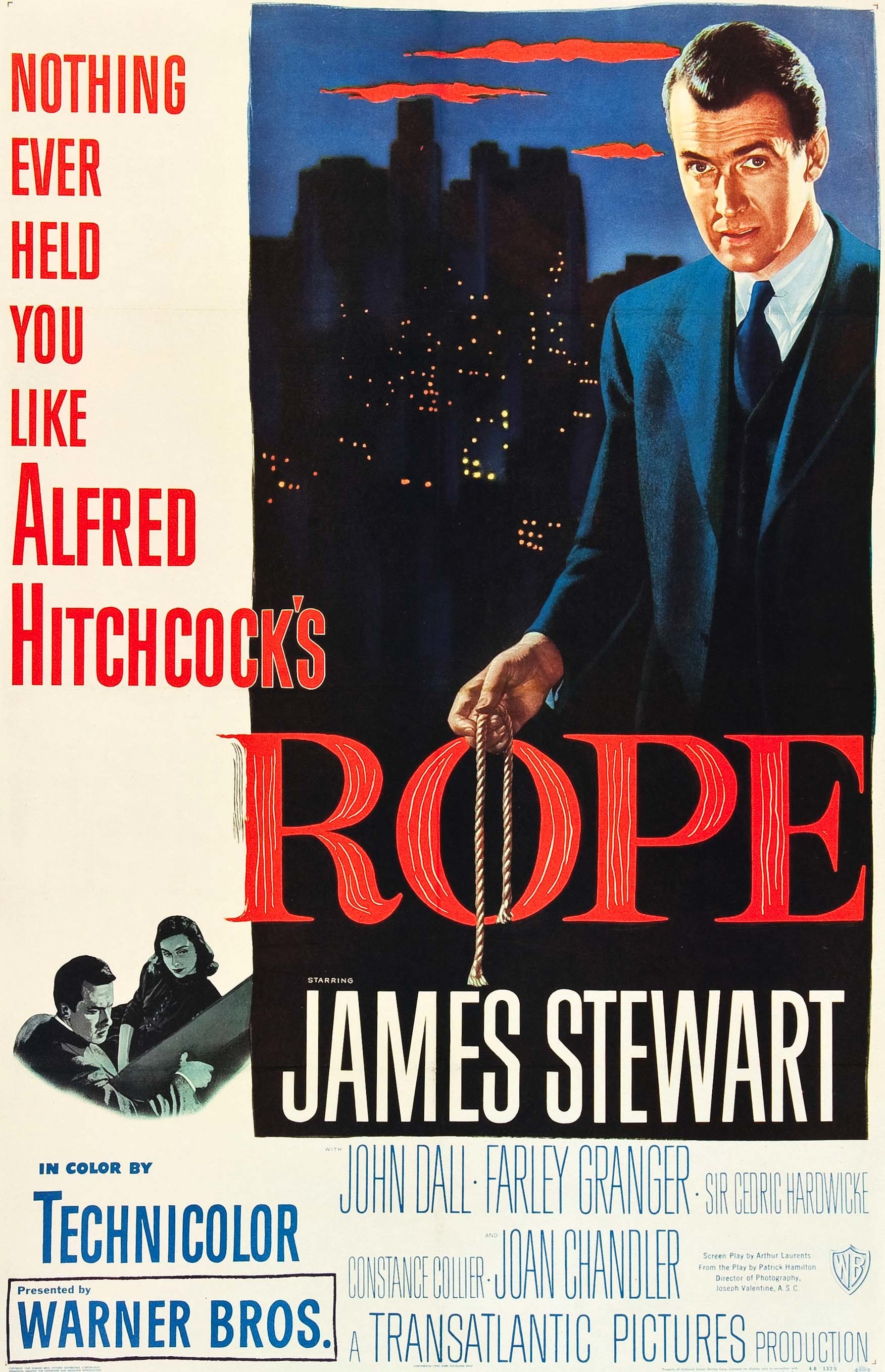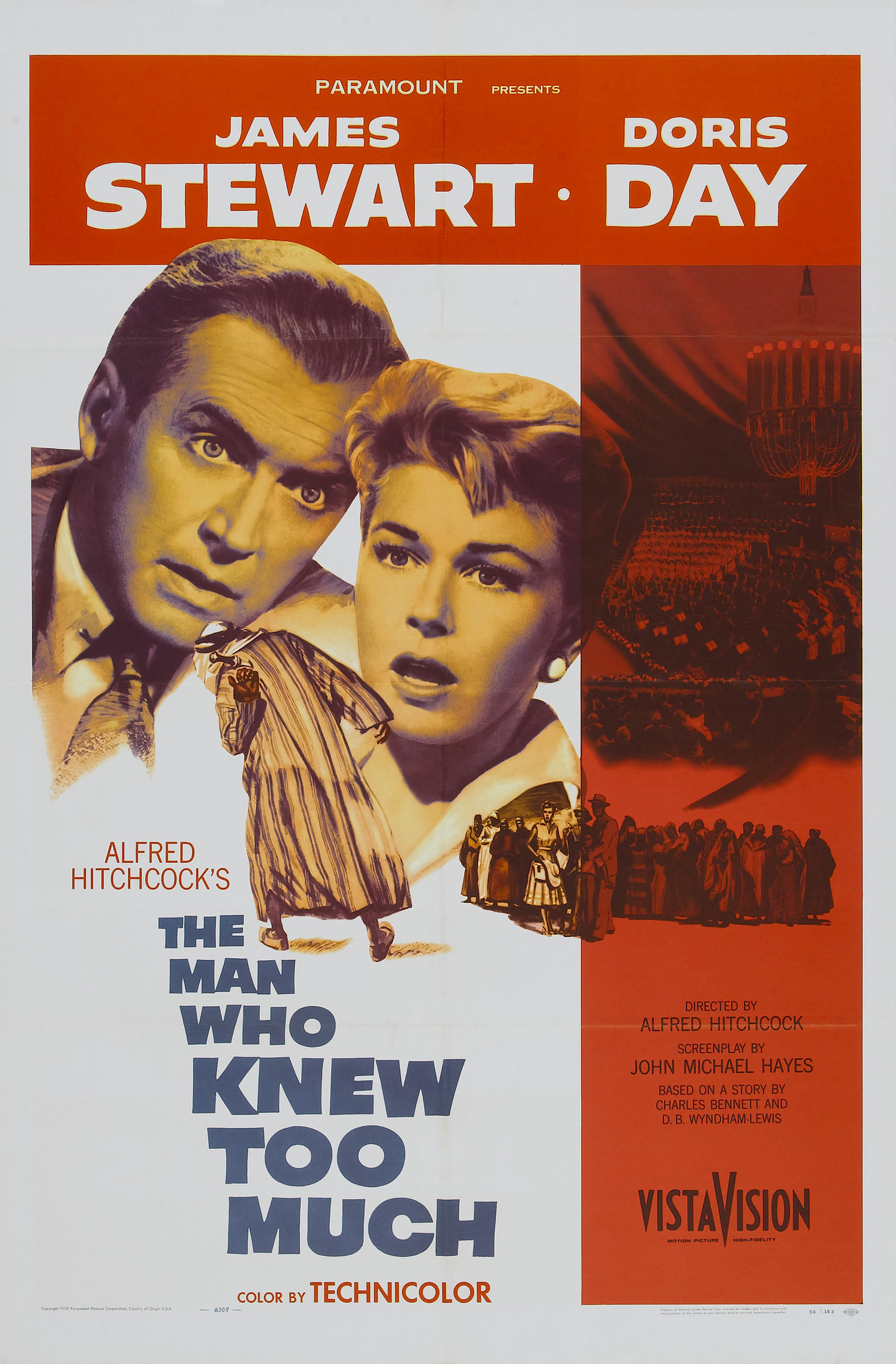
For Christmas, my wife bought me a 12-month calendar full of classic movie posters. It is a lovely thing with large, full-color photographs of some great movies. I immediately decided that I would have to watch all of the movies featured. Then I decided that each month I would throw a party around each film.
I’ve continually got ideas running through my head about throwing parties in which to watch a bunch of movies. Call them my own personal mini-movie festivals, like Sundance in my living room. The idea of getting a bunch of people together to watch Kurasawa films, or movies set in space, or the Evil Dead and Reanimator series back to back to back sends me into orgiastic spasms.
The problem is I just don’t know enough people willing to sit still for 8 hours to watch multiple movies. This is especially true when my idea for a festival includes Wild Strawberries (1957) and Cannibal Holocaust (1980).
The only thing I’ve ever managed to do is get some folks together for a semi-regular horror movie festival in October. And even then most folks don’t make it past movie number two.
I believe I’ll have more luck with my classic movie poster festival, for I’m only asking the audience to watch one movie. And indeed, I had a fine turnout for the January movie, Anatomy of a Murder. Well, if three people can be considered a fine turnout – but everyone seemed to have a swell time.
Truth be told, half the problem with my movie festival ideas is that they never get past the idea stage. I’m great at thinking up themes for movies to watch and really terrible at actually planning parties. I always wait until the last minute and by then everyone already has plans.
This month was no different. I mentioned to a few people my idea for a regular monthly gathering to watch a classic movie, but didn’t nail down the details. The day of, the wife and I made a few phone calls and got a few folks to agree to come over for pizza and a movie.
I have come to realize that all of my social skills have deserted me. There was a time when I liked nothing better than to sit and converse with acquaintances. I loved to enthrall an audience with a good story. But somewhere over the years, this skill has gone away. I now tend to allow the awkward silences to run into infinity. It’s not that I can’t think of anything interesting to say, it’s that I don’t want to. It all seems so pointless anymore.
Being married is part of it. I’ve got a woman, so chatting up women into a flirtatious frenzy is beyond the question. But even just making more friends seems tiring and not worth the time. Maybe I’m just getting old and curmudgeonly.
I’m being hard on myself, I’m a friendly enough chap and can still hold a room’s attention with a good story, and nail the perfectly timed joke. One of the invitees, Daniel, a somewhat friend of my wife, and I got along smashingly. The wife has told him that I’m a big fan of the film buying so he brought over three DVDs to borrow, and a list of all the DVDs he owns. I quickly printed out my list (and my wife had a good laugh over what freaks we were to even have lists.
As the film started Daniel and I both let out a grown over the DVD being in the Pan and Scan format. Then we sounded off in excitement over Duke Ellington having created the film score.
In the first scene, I suddenly realized that I had, in fact, seen this film. Though all I could remember was Jimmy Stewart and something about fish.
It is a delightful film with marvelous performances from Jimmy Stewart, Lee Remick, and George C Scott. Stewart plays Paul Biegler, a recently ousted DA who is enlisted to defend Lt. Frederick Manion (Ben Gazzara) who is on trial for the brutal murder of a man who raped his wife.
For a film that deals with wife beating, rape, and murder, it is a very lighthearted and enjoyable picture. The script snap, crackles, and pops out of the actor’s mouths, trading one wisecrack for another.
It is notable, now, for its controversy back then. It was banned in Chicago and Jimmy Stewarts’ own father took an ad out in a newspaper deeming it a “dirty picture.” What seems immensely tame to modern audiences, was highly controversial for its time, for the film uses such words as “bitch,” “contraceptive,” “panties,” “slut,” and “sperm.”
Today what stands out is not the use of dirty words, but a tightly directed story with nuanced performances by some of the world’s greatest actors.
Remick slinks and broils across the screen. There is a marvelous scene in which Stewart asks her to take off the hat she’s wearing in court. She is dressed ultra-conservatively to appear the ever-happy and straight-laced housewife for the jury. But as she takes off the hat and swizzles her hair lose you can feel the lust of every warm-blooded man and woman in that courtroom from 45 years away.
Stewart plays the cornball country lawyer with his usual aplomb. A very young George C Scott nails the role of a slick, big-city lawyer. His reaction to an unexpected answer in the courtroom towards the end of the picture is absolutely stellar. Simply perfect acting from a great actor.
It is a great movie, and it was a great beginning to what will hopefully be 12 fabulous months of classic movie festivals (editor’s note, I only had one other party, and then the whole thing collapsed).


 <
<


